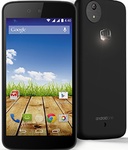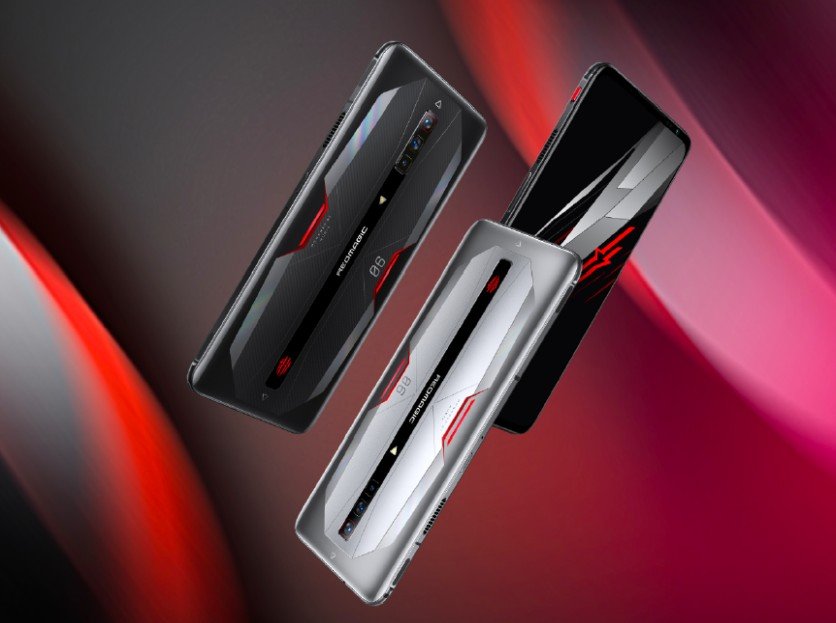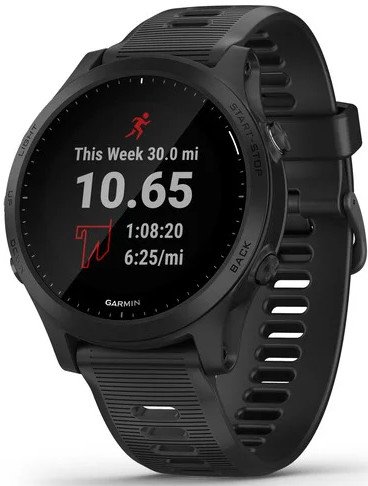What Is RSS And How To Integrate It With Other Applications - Android
RSS is the single most important tool to adopt in your day to day. If you’re on the Internet, RSS brings order to your online reading and really helps you stay on top of news. All thanks to excellent automation and powerful features, which transform RSS feed readers into bona fide productivity tools in their [...]
Read More...
The post What Is RSS And How To Integrate It With Other Applications? appeared first on Android Headlines.

RSS is the single most important tool to adopt in your day to day. If you’re on the Internet, RSS brings order to your online reading and really helps you stay on top of news. All thanks to excellent automation and powerful features, which transform RSS feed readers into bona fide productivity tools in their own right.
Learn how to integrate them with other applications and you’re looking at a perfectly streamlined workflow.
I don’t want to assume you know the ins and outs of RSS, so we’re going to cover the basics.
What is RSS?
To the uninitiated, RSS doesn’t ring a bell and it’s not surprising. It’s a piece of code hidden in the source code of a website. The abbreviation stands for either ‘Rich Text Summary’ or ‘Real Simple Syndication’ depending on what you prefer really. Either way, it’s the same protocol that enables syndication of content from news services and blogs by an RSS reader. This is achieved through an RSS feed, which is written up in an XML file and updates every time a new post is put up on a site.
Isn’t it old?
Absolutely. RSS is as old as the Internet itself. The roots of what RSS is existed just as the world wide web was taking shape. It was there when the great blogging boom happened, and it’s found in just about any part of the Internet we know and love today. Newsletters, YouTube channels and Twitter feeds all owe their rise and ubiquity to RSS as a piece of technology.
It’s status as a living piece of software history doesn’t mean RSS has fossilized. On the contrary, it continues to evolve and find new ways to make itself useful.
How does RSS work?
RSS makes it so easy to read content across multiple sources (and these days, multiple platforms and media types), because you’d subscribe to as many feeds as you want and browse through the latest headlines in your RSS feed reader. Subscriptions used to be easier back in the day when RSS was at its peak in popularity. Who could miss the orange feed buttons? Now, it’s a little trickier to find RSS feeds and sometimes one must even check if there’s an RSS feed in the first place.
Advanced RSS feed readers like Inoreader present users with a built-in search. If a site has an RSS feed and it’s been indexed by Inoreader, you’ll see it immediately and subscribe in your dashboard. In those instances there’s no RSS feed to be found anywhere on the site, it’s time to turn to other tools to generate one.
Save articles easier than ever. But first, integrate your RSS!
RSS readers have perfected the art of content syndication from multiple sources into a single feed – that in itself is quite impressive and the reason why everyone should already implement RSS in their personal and professional lives. The trouble begins when it comes to saving articles once you have read them. Filtration, tags and folders are useful insofar you’ve not read the content.
Often what happens when you’ve opened and read an article is that it disappears into the aether never to be heard from again. Sure, not all RSS feed readers are like that, but do you really need to hunt for a specific RSS reader when there is an easier solution to bookmarking articles – smart integration!
RSS feed readers have developed as quite the flexible tools. Depending on what you want, you’re able to pair your reader with just about every service available.
Pocket integration
Pocket has emerged as the next evolutionary step to bookmarks. It’s a free service that saves all sorts of content from anywhere on the Internet – images, videos, news items and articles. Whereas regular bookmarks remain on your browser, Pocket follows you around as a mobile app on any of your devices as well as a browser extension. Consolidate what’s important to you no matter what device you’re on!
It’s why Pocket partners up with RSS readers so effortlessly. Integration with Pocket (as with a lot of other services) can be achieved through IFTTT or Zapier, which are available for general RSS use or even specific RSS readers. Through a trigger event, you can save important articles from your RSS dashboard to your Pocket account. Inoreader completely sidesteps this process as it has a built-in way to link both through preferences.
Google Drive and Dropbox integration
We can’t talk about integration without touching on the bread and butter tools of offices around the world. Google Drive and Dropbox make sense of team projects and keeps work orderly, so it only makes sense that any important articles, posts and videos ought to be backed up alongside all other documentation and files. With the right combination of if/then triggers and actions, you can instantly save articles as text or image files on Dropbox or Google Drive. Users have the ability to designate a specific folder and play around with other settings.
Evernote and OneNote integration
Zapier or IFTTT make another appearance here as well. Evernote and OneNote share DNA with the humble Pocket, but rather than only articles, posts and images (Pocket is a more refined version of bookmarks), these two services play a significant role in the workflow. Especially if you’re on a team working on a collaborative project, the exchange of information becomes integral. Hence why you should have a quick way to share relevant articles quickly from your RSS and also know when your colleagues have done the same. There are ways to receive newly created notes on either services as RSS posts.
Through trigger actions on Zapier or IFTTT, you can save articles as new notes that are accessible by all people on your team depending on your sharing settings. Add another level by grouping all new posts into a daily digest before uploading altogether. This way you have a clearer timeline of when you’ve read something.
The post What Is RSS And How To Integrate It With Other Applications? appeared first on Android Headlines.
16/03/2021 08:43 AM
Xiaomi Mi 10T Lite 5G review - Parts bin special
16/03/2021 06:00 PM
Proposed face unlock system would let you access your device with a wink
16/03/2021 02:27 PM
Nubia RedMagic 6 is a $599 gaming phone with a 165Hz screen, Snapdragon 888
16/03/2021 12:00 PM
The RedMagic 6 and its 165Hz refresh rate outshines the ROG Phone 5
16/03/2021 02:49 PM
Should you buy the Garmin Enduro or the Garmin Forerunner 945
16/03/2021 04:00 PM
- Comics
- HEALTH
- Libraries & Demo
- Sports Games
- Racing
- Cards & Casino
- Media & Video
- Photography
- Transportation
- Arcade & Action
- Brain & Puzzle
- Social
- Communication
- Casual
- Personalization
- Tools
- Medical
- Weather
- Shopping
- Health & Fitness
- Productivity
- Books & Reference
- Finance
- Entertainment
- Business
- Sports
- Music & Audio
- News & Magazines
- Education
- Lifestyle
- Travel & Local







